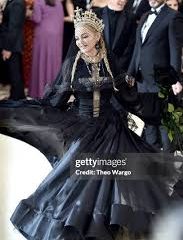Exploring the Life and Legacy of Murillo

Introduction
Diego Velázquez, Francisco de Goya, and Bartolomé Esteban Murillo are among Spain’s most revered artists. Murillo, born in 1617, is particularly significant for his contributions to Baroque art. His works not only embody the techniques of the era but also reflect the heart and spirit of 17th-century Spain. As the world continues to celebrate and study artistic legacy, understanding Murillo’s contributions and influence is as crucial as ever.
Background of Murillo
Bartolomé Esteban Murillo was born in Seville, Spain, into a humble family. He became one of Spain’s most skilled painters, celebrated for his portraits, religious themes, and depictions of everyday life. His education included training under artists such as Juan del Castillo and Francisco Pacheco, which undoubtedly influenced his style. By the mid-1660s, Murillo’s fame had spread beyond Seville, earning his work recognition in various European art circles.
Major Works and Style
Murillo’s style was characterized by vivid colours, dramatic use of light and shade, and an ability to capture human emotion. He is perhaps best known for works such as The Immaculate Conception, which embodies his skill in religious imagery, and The Young Beggar, showcasing his focus on social themes. His paintings often featured children, a subject in which he excelled, blending innocence with a deep understanding of human nature.
Current Events and Exhibitions
Recently, the art world has seen a resurgence of interest in Murillo, particularly with the unveiling of a major exhibition at the Museo de Bellas Artes de Sevilla. This exhibition includes over 50 works, offering a comprehensive overview of Murillo’s life and artistic journey. Curators hope to connect audiences to Murillo’s works in a modern context, exploring how his themes resonate with contemporary social issues.
Conclusion
Murillo’s contributions to Baroque art remain significant, being studied and celebrated worldwide. His ability to convey emotion and capture everyday human experiences continues to resonate with audiences today. As exhibitions showcase his masterpieces, the public’s appreciation for Murillo is likely to grow, cementing his legacy as a central figure in art history. Looking forward, academics and art lovers alike will undoubtedly benefit from continued exploration and analysis of his work.









